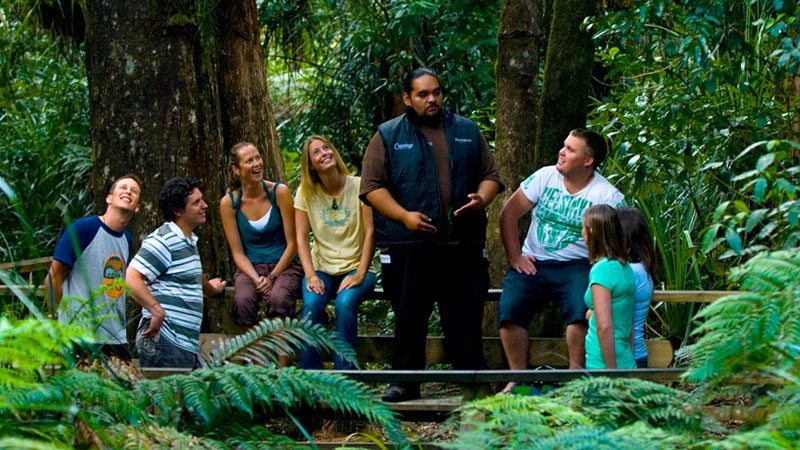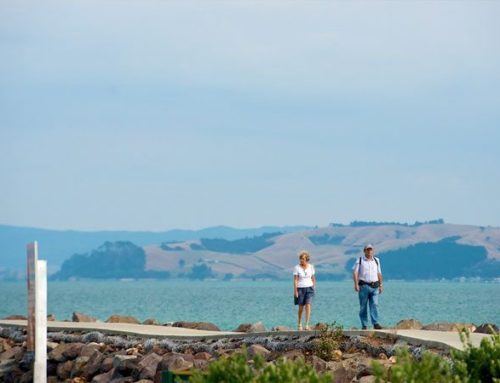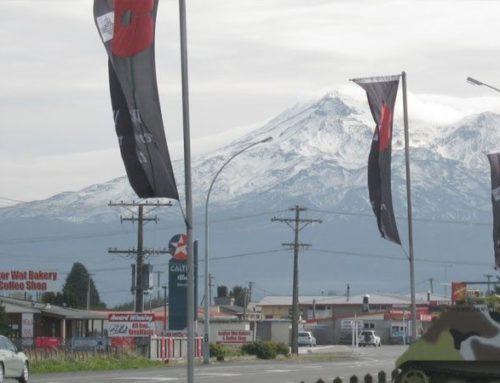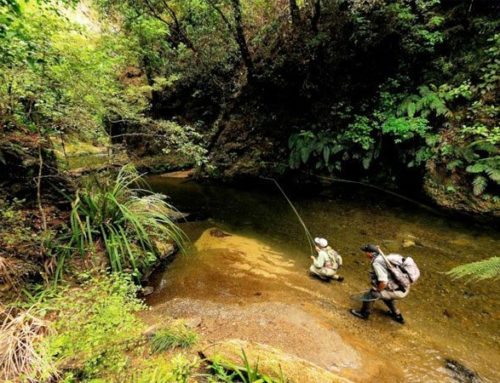The view of Hokianga Harbour from Omapere Hill is both surprising and breathtaking.
It takes a little while to survey the scene and appreciate the wild beauty of this timeless place.
Hokianga is relatively undeveloped, unlike the Bay of Islands, although both served as the cradle of New Zealand life. Tall native flax and cabbage trees, frame sweeping views of deep blue water reflecting a backdrop of golden sand dunes and rugged mountains. At times the light and colour is quite intense, and in the evening pink and gold sunsets flood over the outer harbour. The best views are from walking tracks on the south head.
Take a stroll through Wairere Boulders Nature Park and marvel at these hidden geological wonders in the northern wilderness. Slide down giant sand dunes, take easy nature walks, listen to the rich bird life, go horse trekking or browse through the art and craft shops.
There are many charming little settlements to explore with pre-European names like; Omapere with a museum and information centre, Opononi with a ferry wharf, Waiotemarama with coastal and waterfall walks, and Rawene with a vehicular ferry connection to historic Kohukohu.
Closely associated with the Hokianga are the kauri forests, which are located on the Twin Coast Discovery Highway. This great touring route starts in Auckland and runs up the west coast from Dargaville to Hokianga and then loops around to return via the east coast.
Along the Kauri Coast section there is easy access to the world’s largest specimens of this magnificent tree. Well-graded tracks take you into Trounson Forest near Kaihu, where the Department of Conservation is preserving a natural ecosystem for the kauri and the native kiwi bird.
Further north, Waipoua Sanctuary is a genetic treasure house where 300 species of trees, shrubs and ferns thrive. Tracks lead into the biggest Kauri trees, which are known as Tane Mahuta, Te Matua Ngahere and the Yakas. These giants soar skyward in cathedral-like groves inspiring both awe and frustration as you try to capture their bulk in the camera lens. But even if the photography fails, the memory of this ancient forest will remain.







Leave A Comment